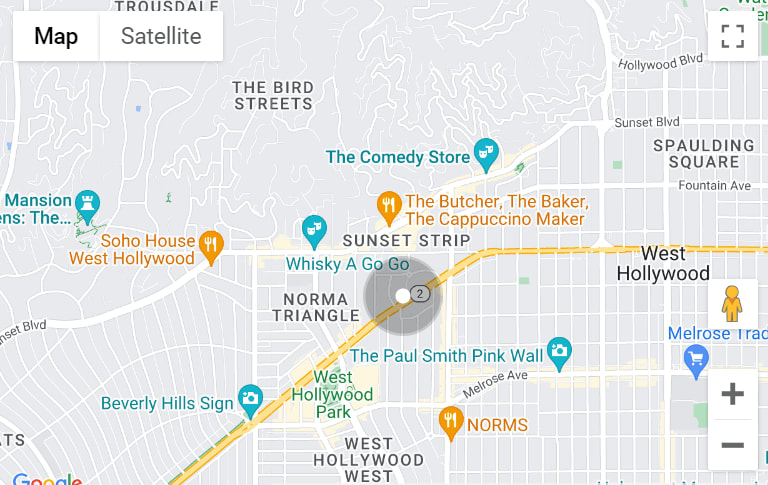What types of issues arise during inspections of standard septic systems?
Most “standard systems” are similar in characteristics, yet each system responds to household use and its unique environment over time. Although we may think a septic system is just quietly doing its job underground, a variety of issues can be found during inspections, particularly if the system hasn’t been checked for many years.
Most septic tanks are made of concrete, a few are fiberglass, and some older redwood tanks are still present in the County. Let’s consider some of the usual findings during inspections:
- Cars, trucks, or other equipment may have crushed the top of the tank, one of the tank lids, or a distribution box; or breached a leach line. Very few systems are “driveway-rated” installations, those are quite rare. It's best to keep vehicles well away from the tank and field.
- Over time, decks, room additions, or other structures may have been placed over the tank or field. I recall one intrepid pumper who had to crawl through a basement and under a room addition to locate a tank and remove the lids. That tank had to be abandoned, and a new septic tank was located elsewhere on the property.
- Two septic tanks I’ve encountered had been installed backwards. Regulations call for the inlet chamber to be 2/3 of the tank capacity. Someone wasn't paying attention!
- Invasive tree roots can infiltrate the tank through lids or at pipe connections. Tree roots can develop think tangles or balls inside of a tank or leach line, leading to reduced capacity. One failed system was found with all leach lines completely blocked by redwood roots. That entire septic system had to be replaced prior to the Buyer taking possession.
- If sulfur in the local water supply reacts with sewage gas, the resulting acidic gas can eat holes in concrete tank interior walls and cause concrete tees or baffles to fall off into the tank. Interior walls can be repaired and lined with a resistant rubberized compound, if the tank is otherwise sound. Missing concrete baffles can be replaced with PVC Tees.
- Fiberglass tanks are sometimes a good option, particularly where space is constrained, but they don’t last as long as concrete tanks. Small cracks that develop around inlet and outlet pipes can be repaired, but large cracks require tank replacement.
- Redwood tanks were often used in years past for small homes, vacation cottages, or ADUs. Some were connected to leach beds; others were simply boxed cesspools. The county and state would like them to be eliminated, due to concerns over ground and surface water contamination. Many redwood tanks are still functioning. However, they no longer meet code, so are gradually to be replaced.
- During the "load test", the inspector runs water through the outlet tee into the leach field and monitors the area of the leach lines for surfacing effluent, which would indicate a failed line. If there is backflow of water back into the tank, that result suggests either a line blockage or a saturated field. In either case, more exploration would then be necessary to identify the location of the line break, blockage, or other field damage.
Inspections help to protect Buyers and Sellers, as well as to keep these private sewage disposal systems functioning properly. Septic policy at the county and state levels is driven by the effort to keep ground water, streams, rivers, and the ocean free from contamination. We all work together to protect our resources and our community.
